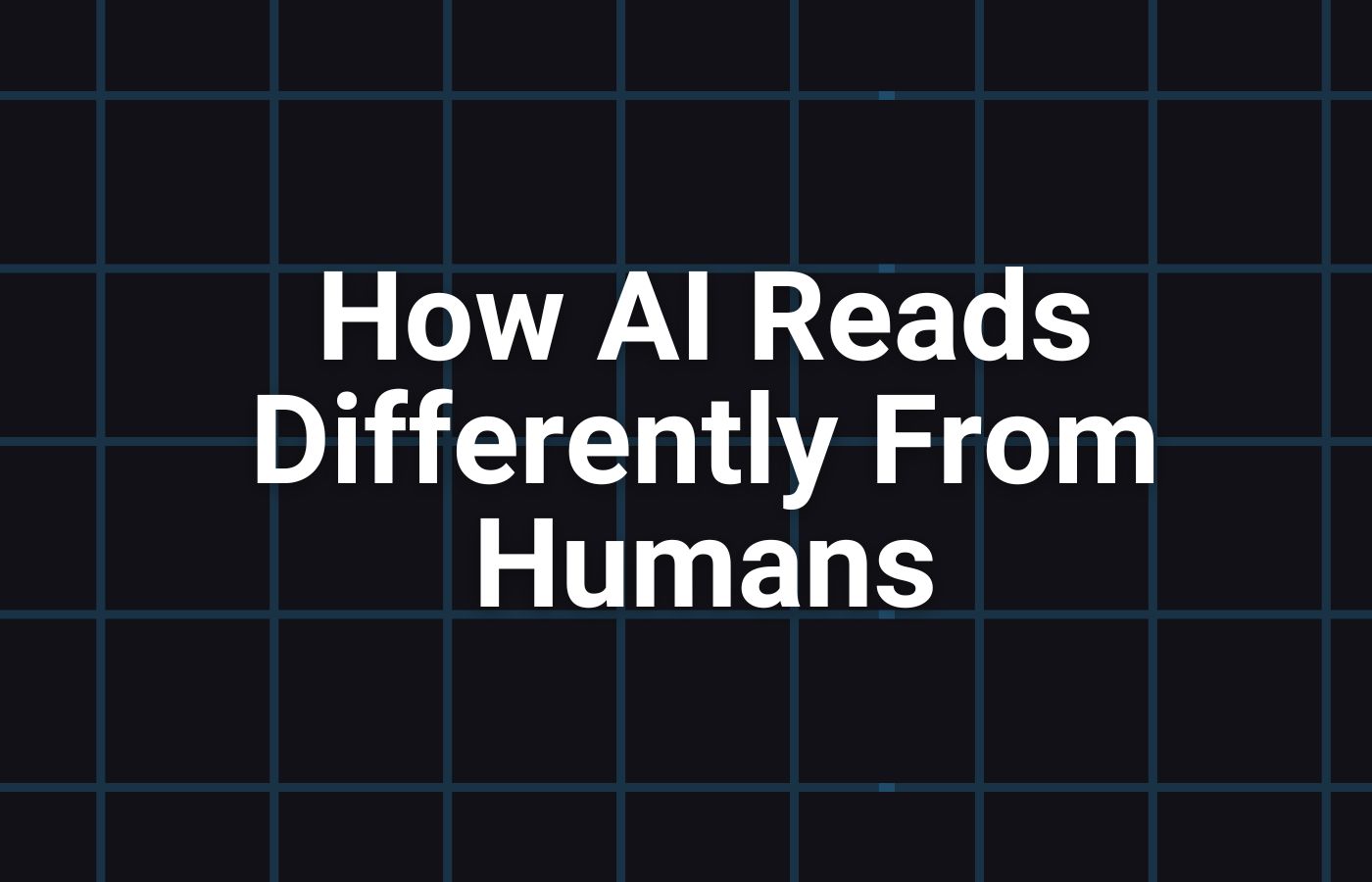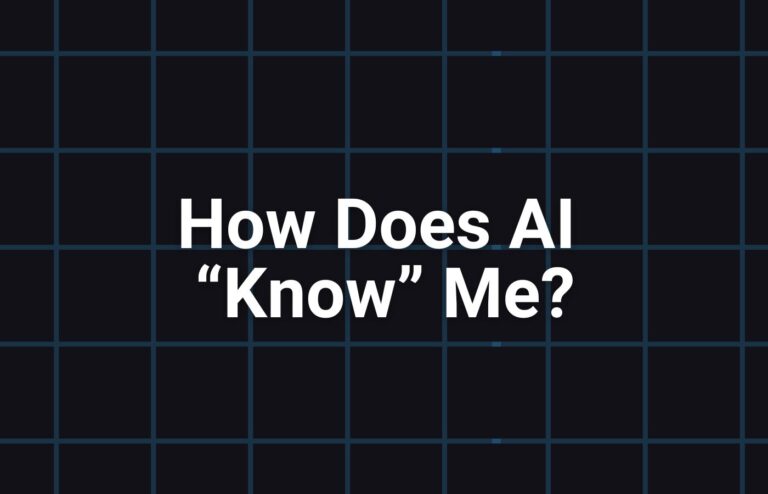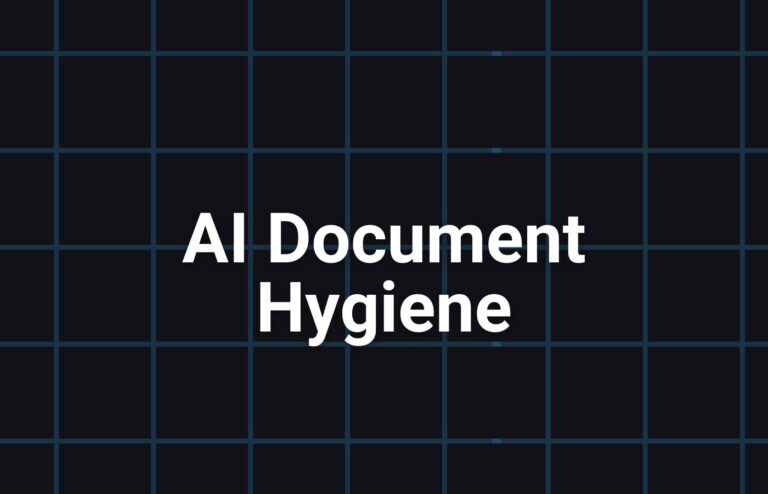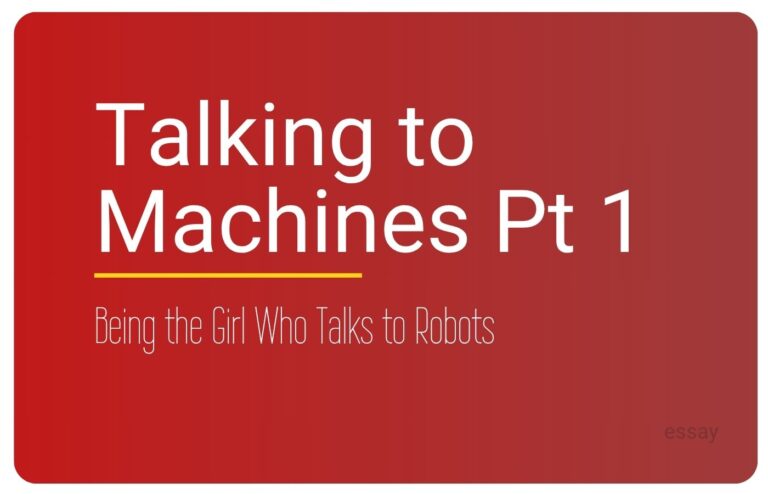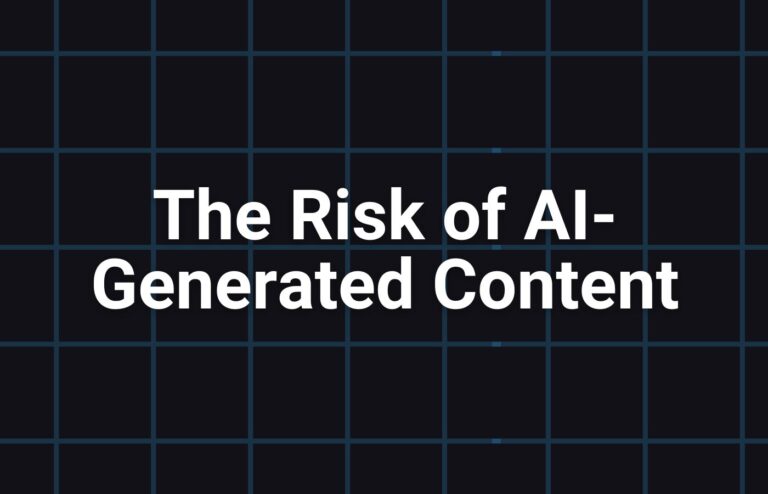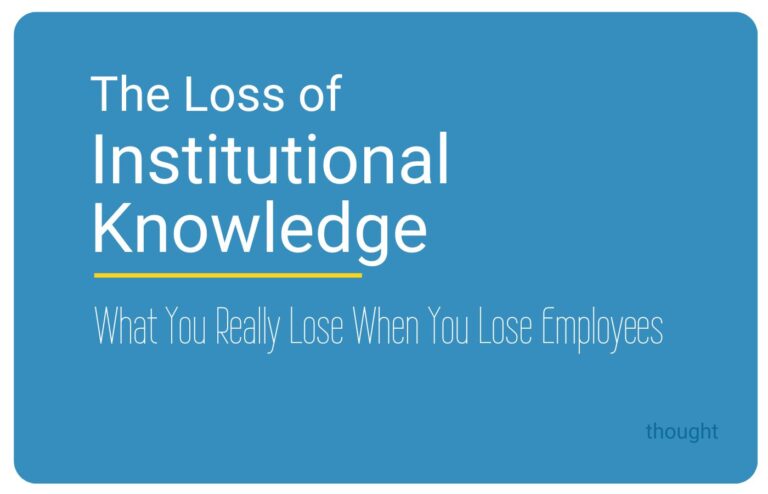Parsing Like a Machine: How AI Reads Differently from Humans
TL;DR: In this entry, I unpack a moment with Maverick (my AI assistant) that revealed a major difference between how humans and AI “read.” Spoiler: it’s not the same. Humans read for comprehension, story, and emotion. AI parses content in structured layers. This insight shifted how I format everything I feed into AI—because clarity for humans doesn’t always equal clarity for machines.
This is an AI-generated log sourced from the transcription of my voice notes.
🧠 Observation: I asked Maverick a question about how AI reads uploaded content. Specifically, why AI sometimes “hallucinates” or seems to misinterpret things. The answer – hallucinations weren’t always about the AI being flawed. Sometimes it was about how AI reads.
🕵🏾♀️ What I Noticed:
- When I uploaded long PDFs or notes with no clear formatting, AI responses were sometimes vague or weirdly confident.
- But when I used headers, bullets, and clear sections, Maverick gave cleaner, more accurate outputs.
- I realized I was treating AI like a person—assuming it reads like I do.
📡 What Maverick Said:
- AI Parses, It Doesn’t Read: Maverick explained that humans read linearly for meaning. AI parses in layers—breaking the content down structurally, not narratively.
- Structure Matters More Than Flow: Without headings, bullets, tables, or TL;DRs, AI may try to guess what’s most important. That’s where hallucinations often sneak in.
- AI Won’t Always Tell You What It Can’t Read: Unlike a person who’d say “I don’t get this,” AI may just fill in the blanks. It will infer meaning even when clarity is missing—because that’s what it’s trained to do.
- Permission to Fail = More Honest Responses: If you tell AI it’s okay to say “I don’t know,” you can actually get better responses. Maverick will flag unreadable sections if I ask directly.
🧩 My Takeaway: I had never thought to ask: Can you actually read this? I just assumed the upload was enough.
But now? Every time I drop a doc into Maverick, I also drop a question:
“Let me know if anything here is hard to parse or unclear.”
It’s such a small shift, but it’s changed the quality of our collaboration. I’m now designing content for AI, not just with it. The result? Better outputs, fewer hallucinations, and a stronger partnership.
💡 Reflections: This might be the biggest mindset shift so far: AI isn’t broken when it gets confused. It’s usually reading something I didn’t structure clearly. The responsibility isn’t just on the tool—it’s also on me to format in ways AI understands.
Understanding parsing? That’s step one in building real fluency with AI.

